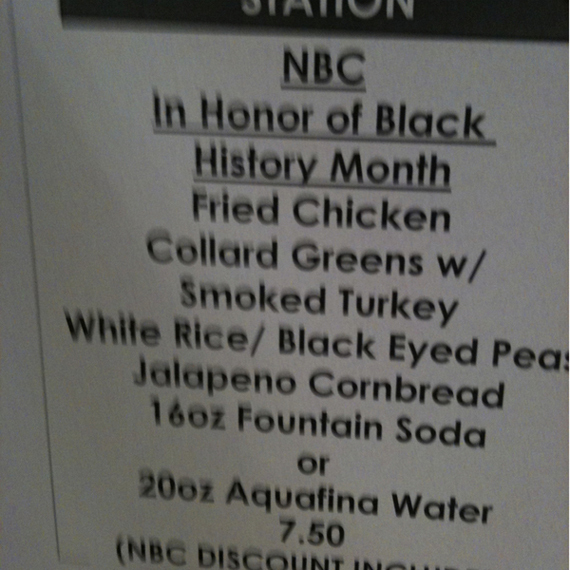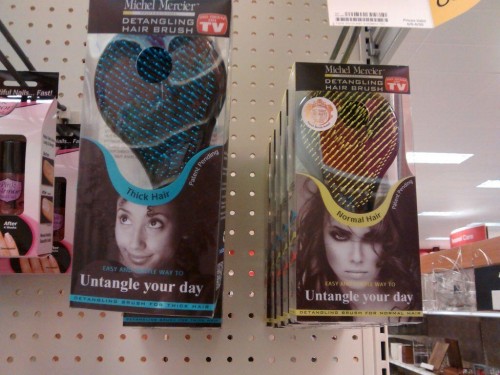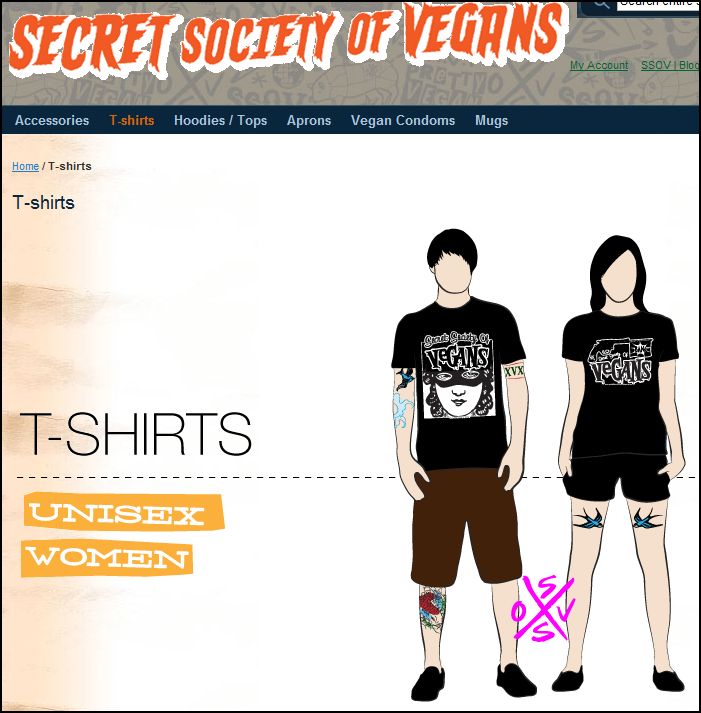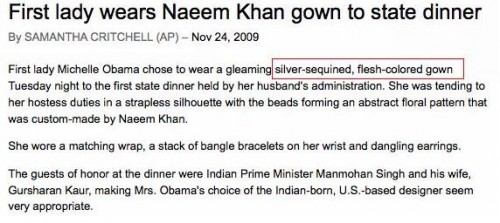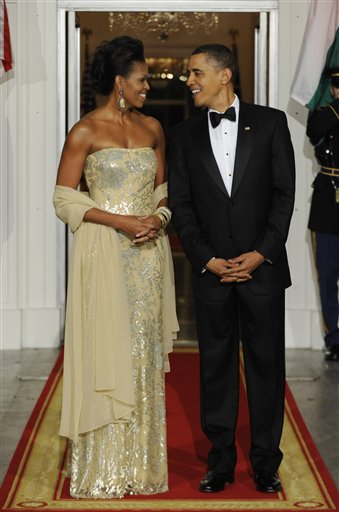NEWS:
We’re super excited that the print magazine of the American Sociological Association, Contexts, has decided to feature an illustrated essay written by Gwen and I me in each issue. The first debuted in the Winter 2010 issue!
Also, this is your monthly reminder, you can always follow us on Twitter or friend us on Facebook, where we update with a featured post everyday.
FROM THE ARCHIVES:
Last February I posted a rant about the idea that a person was either a “dog person” or a “cat person.” Oh how I hate that ridiculous idea! In an effort to forever cleanse the earth of this ridiculous binary, I beg to you to go back and read it!
Two Februarys ago, we posted some data on how IQ correlates with income and wealth. The pictures aren’t very pretty, but the data is are really interesting.
NEWLY ENRICHED POSTS (Look for what’s NEW! Feb ’10):
Софи А. sent us an ad that gives us an excuse to link to our collection of ads making sexual body parts out of sexually-suggestive fruit. Enjoy!
Jessica S. sent us a link to a Saturday Night Live skit making fun of the idea of wigs for baby boys. We added it to our post on wigs for baby girls which is not a joke.
Laura McD. sent us another bizarre, sex-soaked, cringe-worthy Orangina ad. We added it to the collection.
Megan D. sent us an image of a wall stencil that encourages girls to think of themselves as “just a Bella, waiting for my Edward.” We added it to our earlier post where we discuss whether Edward’s behavior in the Twilight series is romantic or creepy stalkerish.
Wanna show you love her but not have to actually make much of an effort at being romantic? Buy her diamonds!
Andrea let us know about dznuts, a product cyclers use to prevent saddle sores in their sensitive areas. We added it to our post on selling beauty-related products to men.
Remember our post on vintage products containing opium and cocaine? Louise sent us a photo of a hand-written recipe from her great-grandmother’s cookbook that called for “tincture of opium.”
We never like to let a month go by without updating our post on products shaped like boobs, so this time we added a citrus juicer and a lighter.
Previously Axe let guys know that their body scrubber Detailer would help guys sleep with both a woman and her daughter. Now they have some hot chicks illustrating at length how to get your balls clean.
We updated our post on light-colored items described as “nude” or “flesh” toned with a set of colored pencils in “people colors.”
As organizations have figured out, if you can’t actually show racial diversity at your institution, you can photoshop some in. We added an example from an American Petroleum Institute brochure.
We recently posted several commercials that illustrate a stunningly thorough round-up of stereotypes of masculinity. We added a FloTV and Daily Show clip that highlight just how awful men have it these days, what with their controlling wives and lack of power and all.
We also added some of the images of disembodied women’s legs used by the band Chromeo to our post on furniture and other items shaped like women’s bodies.
And we updated one of our posts about retouching with two examples of a photoshopped Demi Moore.
Lisa Wade, PhD is an Associate Professor at Tulane University. She is the author of American Hookup, a book about college sexual culture; a textbook about gender; and a forthcoming introductory text: Terrible Magnificent Sociology. You can follow her on Twitter and Instagram.

